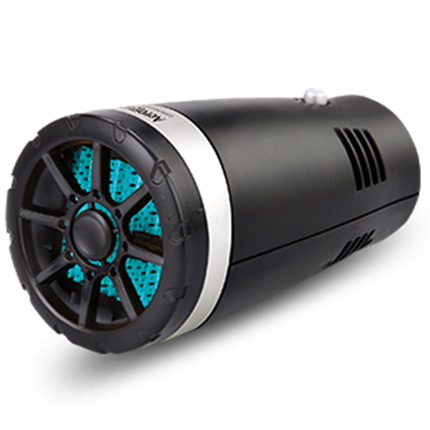clutch pipe
Understanding Clutch Pipes A Comprehensive Overview
In the intricate world of automotive engineering, every component plays a pivotal role in the overall functionality and performance of a vehicle. Among these components, the clutch pipe is often overlooked yet is essential for the optimal operation of a vehicle's transmission and hydraulic systems. This article aims to elucidate the significance, functionality, and maintenance of clutch pipes, emphasizing their critical role in ensuring seamless driving experiences.
What is a Clutch Pipe?
A clutch pipe, in automotive terms, refers to the hydraulic line that connects the clutch master cylinder to the clutch slave cylinder. This pipe is designed to transmit hydraulic fluid, which activates the clutch mechanism. When the driver presses the clutch pedal, hydraulic fluid is pushed through the clutch pipe, allowing for smooth disengagement of the clutch. This action is crucial during gear shifts, enabling drivers to change gears effortlessly.
Functionality of Clutch Pipes
The primary function of clutch pipes is to facilitate hydraulic pressure. In most modern vehicles, the clutch system is hydraulic rather than mechanical. This means a driver can engage or disengage the clutch using fluid dynamics instead of physical cables. The clutch pipe’s design must withstand high pressure and be resistant to wear and corrosion caused by hydraulic fluid.
1. Fluid Transmission The clutch pipe allows for the efficient transmission of hydraulic fluid under pressure. When the clutch pedal is pressed, it forces the fluid through the pipe, creating a force that pushes the clutch fork and disengages the clutch.
2. Pressure Regulation Proper functioning of the clutch pipe ensures that the hydraulic pressure remains consistent. Any leaks or damage to the pipe can lead to pressure loss, making it difficult to disengage the clutch, resulting in hard shifts or, in severe cases, rendering the vehicle undriveable.
3. Temperature Management Clutch pipes can also play a role in temperature management. Hydraulic fluid can heat up during operation, and the design and integrity of the clutch pipe help prevent overheating, which can degrade fluid quality and lead to clutch failure.
Common Issues with Clutch Pipes
clutch pipe

Clutch pipes are generally durable but can encounter issues over time. Common problems include
- Leaking Over time, wear and tear, or corrosion can create leaks in the clutch pipe, leading to a loss of hydraulic fluid. This can cause the clutch to become unresponsive, impairing shifting capabilities. - Blockages Dirt and debris can accumulate within the clutch pipe, leading to blockages. This can disrupt the flow of fluid, resulting in a spongy clutch pedal feel or difficulty in engaging the clutch.
- Corrosion Environmental factors such as moisture and exposure to road salt can corrode metal clutch pipes. This weakness can lead to unexpected failures.
Maintenance and Care
Ensuring the longevity of the clutch pipe requires regular maintenance
1. Regular Inspections Vehicle owners should periodically check the clutch system for any signs of fluid leaks, and inspect the condition of the clutch pipe.
2. Fluid Replacement It’s essential to replace the hydraulic fluid based on the manufacturer’s guidelines. Used fluid can contain contaminants that may harm the clutch system.
3. Professional Servicing If any signs of damage or wear are detected, it is vital to consult a professional mechanic. Timely repairs can prevent more extensive damages and costly repairs later on.
Conclusion
The clutch pipe, while not a component that often garners much attention, plays a crucial role in the functionality of a vehicle's clutch system. Understanding its purpose and maintaining its integrity is vital for drivers who wish to ensure smooth operation and longevity of their vehicles. By being proactive about inspections, fluid levels, and potential repairs, vehicle owners can avoid the frustrations of clutch-related issues, leading to a safer and more enjoyable driving experience.
-
Workings of Clutch Pipe and Hose SystemsNewsJun.04,2025
-
The Inner Workings of Hand Brake Cable SystemsNewsJun.04,2025
-
The Secrets of Throttle and Accelerator CablesNewsJun.04,2025
-
The Hidden Lifeline of Your Transmission Gear Shift CablesNewsJun.04,2025
-
Demystifying Gear Cables and Shift LinkagesNewsJun.04,2025
-
Decoding Clutch Line Systems A Comprehensive GuideNewsJun.04,2025
